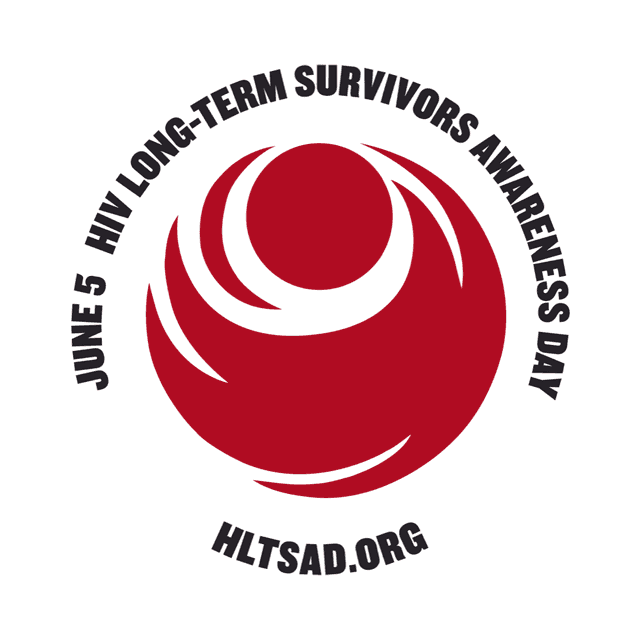
June 5
June 5 is HIV Long-Term Survivors Awareness Day. First observed in 2014, it’s a day to honor long-term survivors of HIV and raise awareness about their needs, issues, and journeys.
The selection of June 5 for this annual observance coincides with the anniversary of the first official reporting of what became known as the AIDS epidemic on June 5, 1981, when the CDC first reported on five cases of a mysterious disease affecting young gay men. June 5, 1981 is considered the start of the AIDS pandemic.
HIV Long-Term Survivors (HLTS) represent a diverse group of people, including:
- People diagnosed with HIV before the advent of Highly Active Antiretroviral Therapy or HAART in 1996. They make up about 25% of all people living with HIV and AIDS. 1.2 million people are living with HIV in the U.S. That makes about 300,000 long-term survivors, defined as individuals who acquired HIV before 1996 and the introduction of HAART.
- People who have been living with HIV for over 10 years are also part of this group.
- People who acquired HIV at birth or as young children, also known as lifetime survivors of HIV or Dandelions.
Find HIV Testing and Other Services

Add the Locator to Your Site

We’ve updated the HIV Testing & Care Services Locator with information on PrEP and STI services. Embed the Locator in your site to connect your audience with these services and HIV testing, housing, and mental health services, too.
Learn about the Epidemic

Many federal agencies work to improve the health and wellbeing of older people in the U.S, including those with living with HIV:
Federal Resources

Get Let's Stop HIV Together posters, banners, videos, and more. CDC’s Let’s Stop HIV Together (Together) campaign is the national campaign of the Ending the HIV Epidemic in the U.S. (EHE) initiative and the National HIV/AIDS Strategy. Together is an evidence-based campaign created in English and Spanish. It aims to empower communities, partners, and healthcare providers to reduce HIV stigma and promote HIV testing, prevention, and treatment.
View and share Paul’s story from Positive Spin–real stories from real people about their unique experiences along the HIV Continuum of Care.
Get Involved

Use #HLTSAD to join and follow conversations on the day.
Find more resources, including graphicsExit Disclaimer, to share on HLTSAD.
Read and share HIV and Aging Selected Articles (natap.org)Exit Disclaimer.
